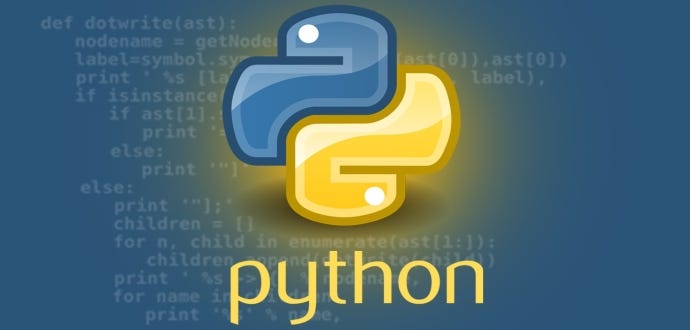About Course
Welcome to the course on Programming Mental Health in Python. Python is a dynamically-typed, object-oriented, high-level programming language. it is one of the world's most popular programming languages. It is versatile enough to create sophisticated data visualizations and powerful enough to run sophisticated machine learning models. In this course, we will introduce you to the introduction to the python programming language and demonstrate how it can be used to do essential data wrangling, manipulation and cleaning tasks using real-world biomedical data.
Course content(s)
Python Basics
Python Data Structure
Importing Datasets
Data Wrangling
Looping and Function in Python
Data Visualization Using Python, Principle of data visualization
Introduction to graphing, Interactive visualization & app
Exploratory Data Analysis
Univariate Analysis
Handling Outliers
Model evaluation and Refinement
Understanding reproducibility
Mental Health Data Management & Quality Control
Python Data Structure
Importing Datasets
Data Wrangling
Looping and Function in Python
Data Visualization Using Python, Principle of data visualization
Introduction to graphing, Interactive visualization & app
Exploratory Data Analysis
Univariate Analysis
Handling Outliers
Model evaluation and Refinement
Understanding reproducibility
Mental Health Data Management & Quality Control
Course objective(s)
By the end of this course, participants will be able to
- Load and explore data sets in Python
- Join, reconcile and otherwise clean up messy data sets
- Develop Python code for cleaning and preparing data for analysis - including handling missing values, formatting, normalizing, and binning data
- Manipulate data using data frames, summarize data, understand data distribution, perform correlation and create data pipelines
- Do basic statistical analysis: Perform exploratory data analysis and apply analytical techniques to real-word datasets using libraries such as Pandas, Numpy and Scipy
- Build and evaluate regression models using machine learning scikit-learn library and use them for prediction and decision making
Course Instructor(s)
Michael Ochola and Tathagata Bhattacharjee
Course content(s)
Python Basics
Python Data Structure
Importing Datasets
Data Wrangling
Looping and Function in Python
Data Visualization Using Python, Principle of data visualization
Introduction to graphing, Interactive visualization & app
Exploratory Data Analysis
Univariate Analysis
Handling Outliers
Model evaluation and Refinement
Understanding reproducibility
Mental Health Data Management & Quality Control
Python Data Structure
Importing Datasets
Data Wrangling
Looping and Function in Python
Data Visualization Using Python, Principle of data visualization
Introduction to graphing, Interactive visualization & app
Exploratory Data Analysis
Univariate Analysis
Handling Outliers
Model evaluation and Refinement
Understanding reproducibility
Mental Health Data Management & Quality Control
Course objective(s)
By the end of this course, participants will be able to
- Load and explore data sets in Python
- Join, reconcile and otherwise clean up messy data sets
- Develop Python code for cleaning and preparing data for analysis - including handling missing values, formatting, normalizing, and binning data
- Manipulate data using data frames, summarize data, understand data distribution, perform correlation and create data pipelines
- Do basic statistical analysis: Perform exploratory data analysis and apply analytical techniques to real-word datasets using libraries such as Pandas, Numpy and Scipy
- Build and evaluate regression models using machine learning scikit-learn library and use them for prediction and decision making
Course Instructor(s)
Michael Ochola and Tathagata Bhattacharjee
